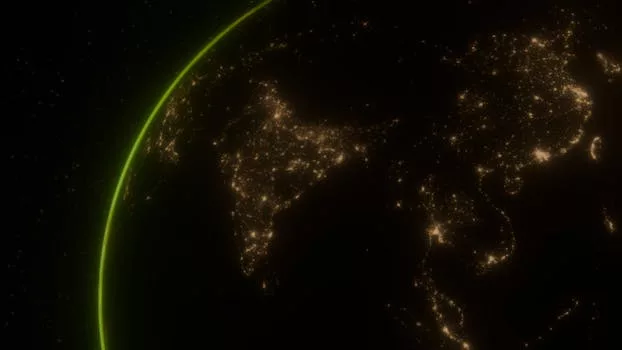
“
Beyond the Milky Way: Imagining New Worlds and Possibilities
Beyond the Milky Way: Imagining New Worlds and Possibilities
Beyond the Milky Way: Imagining New Worlds and Possibilities has long been a topic of interest for astronomers and scientists alike. The possibility of new worlds and galaxies beyond our own is a fascinating concept that has sparked the imagination of people for centuries. With the help of advanced technology and space exploration, we are now able to explore and discover new worlds and galaxies that were previously unknown to us. For more on this topic, check out our article on Galaxies of Dreams.
Introduction to New Worlds and Galaxies
The Milky Way is just one of the billions of galaxies that exist in the universe. It is a barred spiral galaxy that contains hundreds of billions of stars, as well as various types of interstellar gas and dust. The Milky Way is thought to have formed around 13.6 billion years ago, during a time known as the cosmic dark ages. Since then, it has undergone numerous mergers and interactions with other galaxies, resulting in the diverse range of stars and celestial objects that we see today. To learn more about the creative aspects of our universe, read about Cosmic Creativity.
Exploring New Worlds and Galaxies
With the help of advanced telescopes and space probes, we are now able to explore and discover new worlds and galaxies that were previously unknown to us. The Hubble Space Telescope, for example, has allowed us to study the universe in unprecedented detail, revealing new galaxies and celestial objects that were previously hidden from view. The Kepler Space Telescope has also discovered thousands of new planets and planetary systems, many of which are believed to be capable of supporting life. For a deeper dive into the possibilities of these discoveries, see our article on Beyond Stars.
The Search for Life Beyond the Milky Way
The search for life beyond the Milky Way is an active area of research, with scientists using a variety of methods to search for signs of life on other planets and galaxies. One of the most promising methods is the transit method, which involves measuring the decrease in brightness of a star as a planet passes in front of it. This method has allowed scientists to discover thousands of new planets, many of which are believed to be located in the habitable zones of their respective stars.
Conclusion and Takeaways
In conclusion, the possibility of new worlds and galaxies beyond the Milky Way is a fascinating concept that has sparked the imagination of people for centuries. With the help of advanced technology and space exploration, we are now able to explore and discover new worlds and galaxies that were previously unknown to us. Some of the key takeaways from this article include:
- The Milky Way is just one of the billions of galaxies that exist in the universe.
- The possibility of new worlds and galaxies beyond the Milky Way is a fascinating concept that has sparked the imagination of people for centuries.
- With the help of advanced technology and space exploration, we are now able to explore and discover new worlds and galaxies that were previously unknown to us.
- The search for life beyond the Milky Way is an active area of research, with scientists using a variety of methods to search for signs of life on other planets and galaxies.






